Sweet Charity
Cause-related marketing got its start the last quarter of 1983 when American Express announced it would pay $.01 toward the restoration of the Statue of Liberty each time customers used their American Express credit cards. Since then, the essential idea of cause-related marketing corporations joining with charities for marketing campaigns has morphed to include the sale of cause-related products. Lance Armstrong’s successful “Live Strong” bracelets are a great example. Proceeds from sales of the ubiquitous yellow bracelets benefit the Lance Armstrong Foundation, a not-for-profit organization that supports people living with cancer.
The basic foundation of both the American Express campaign and cause-related products is in transactions, perhaps what can be known as the common denominator among cause-related marketing. Working Woman magazine converted the idea into a simple equation: “If you buy X, we will support Y.” With that formula in mind, company/charity duos are doing their best to fill in the X variable with assorted merchandise. From jewelry, shoes and T-shirts to collectibles, yogurt and cookware, products that support charities come in nearly any form and are associated with a breadth of causes. Garden centers can support the trend by carrying cause products and advertising their presence to customers. Doing so can brighten the spirits of employees and consumers alike and make everyone feel good that they’re helping a worthy cause through retail.
Feeling Good
Helping others and supporting charities makes most people feel good, which is why a majority of consumers say they’ll switch brands to a company involved with a charitable cause if price and quality are equal, according to Sales & Marketing Management magazine. In fact, the Wall Street Journal reported that in 2004, “86 percent of Americans said they would rather buy a cause-conscious product than one of equal value not tied to a charity, up from 56 percent 12 years ago.”
For one example of consumers’ eagerness to purchase cause-related products, look to Calphalon and Share Our Strength. Calphalon, a maker of cookware, partnered with Share Our Strength (SOS), an antihunger organization, in 1996 to raise money for world hunger. In addition to marketing promotions such as fundraisers and in-store promotions, “… Twice a year, the Toledo, Ohio-based Calphalon sells a cooking pan with the SOS label on the packaging, which promises that for every pan sold, $5.00 will be donated to SOS. Sales of the logoed pan increased tenfold over what they were without the SOS logo,” reported Sales & Marketing Management.
To see if garden center shoppers feel the same as the majority of Americans, stock two similar items in the store the only major difference being that one is associated with a charity and one is not. Then track the sales, and see which item consumers’ prefer.
Helping Sales
Even though cause-related products can almost sell themselves because so many people would opt to buy them, there are still ways to increase consumer excitement and boost sales. One aspect that can help is ensuring that the cause is close to the heart of the local community. Carrying products sold by local charities or ones that are in league with local interests will show that the garden center supports and cares about its community.
In order to get consumers to care deeply, choose a charity that has community relevance, and let people know what percent of the proceeds will be benefiting the cause. To help get the word out, have the local charity be involved in the launch of their products at the garden center. The charity can even raise funds onsite. By developing an event with a charity and its products, the garden center will be fully engaging in cause-related marketing.
Also try catering to your target demographic: Women are both the primary garden center shoppers and main supporters of cause merchandise. A survey commissioned by Cone Communications, a Boston, Mass., firm that promotes the idea of cause-related marketing, found that, “84 percent [of women] are more receptive to products associated with a cause they care about; affluent, educated women are the most responsive group.” Bring in merchandise that supports causes women feel strongly about, such as breast cancer.
Relevancy to the business is also important. Choosing to sell products that support garden and nature causes is a good way to target garden center consumers. Consumers that love gardening are likely to purchase products that support their interest. Think about Calphalon and SOS: A cookware company and an organization that fights hunger are a well-matched partnership that makes sense in consumers’ minds. Garden centers can carry items that support community gardens, national parks, the environment, etc. Such causes meld with garden centers, and the partnerships are easy for consumers to understand. Some growers even grow cause-related plants, which are a perfect fit for garden centers to sell.
Carrying cause-related merchandise is also a good way to differentiate one’s business from competitors. Continued sales of cause merchandise can show that your garden center is interested in helping others, not just with boosting profits. The long-term differentiation is worth a lot of community respect.
Spread The Word
Once the cause-related products are on the shelves, get employees excited about selling them. Employees are the best tool for letting customers know which products are cause related and how much of the proceeds go toward benefiting the associated charity. When described as an added value, the association of a not-for-profit charity with a product becomes an essential selling point. Couple this with the fact that many customers are already inclined to purchase cause-related products, and selling becomes easy. Employee morale may even improve when they understand that the sales of certain products help others in need: They’ll know they’re working for a business that cares.


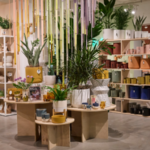

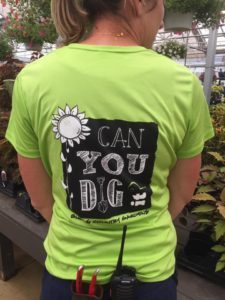

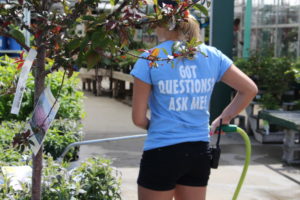

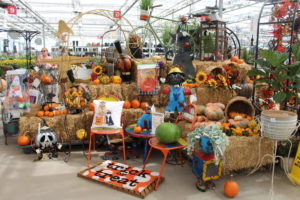
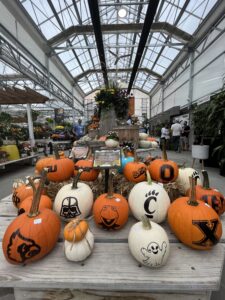
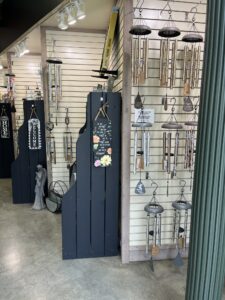
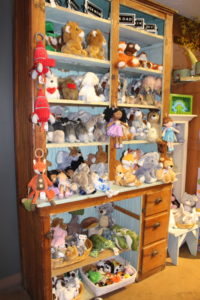
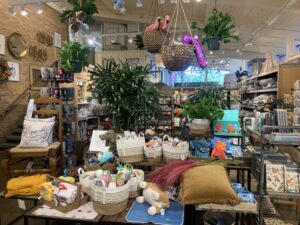
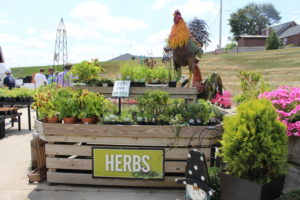


 Videos
Videos





